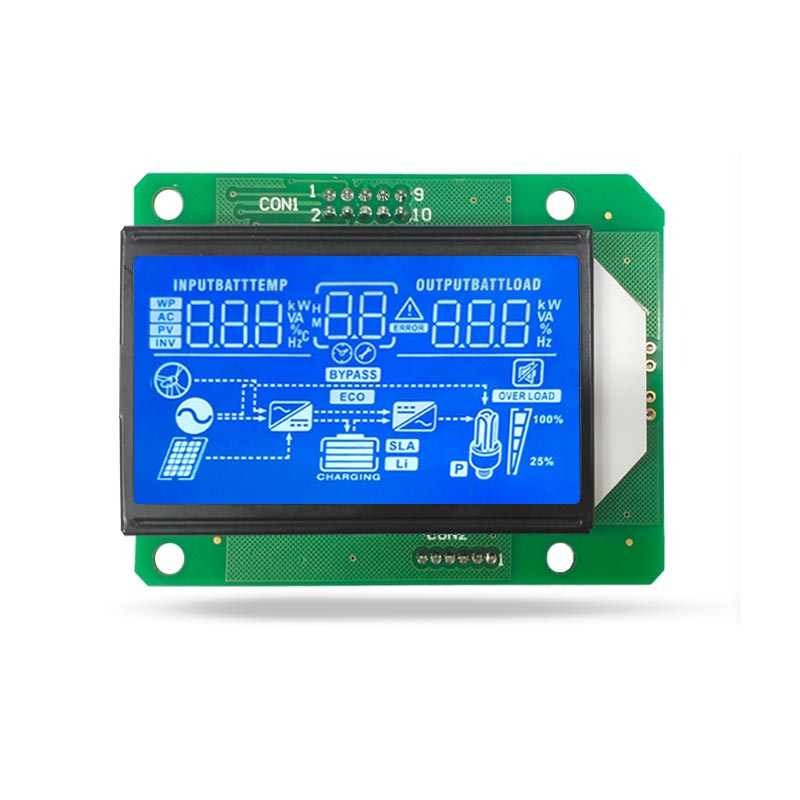How to make Monochrome LCD and OLED Display
2025-05-07
Creating a monochrome LCD or OLED display from scratch is a complex process typically done in industrial settings. However, for educational or hobbyist purposes, you can design a basic one using available components. Here's an overview of how to make each:
Monochrome LCD Display (DIY Approach)
Parts Required:
Glass LCD panel (often salvaged or purchased as segment or dot matrix type)
Liquid crystal material (not usually handled DIY due to complexity)
Polarizing filters
Transparent conductive film (ITO glass or similar)
Microcontroller (e.g., Arduino or STM32)
Driver IC (e.g., HT1621 for segment displays)

Basic Steps:
Place polarizing filters on both sides of the glass.
Apply liquid crystal layer between two ITO-coated glasses.
Seal with epoxy or UV glue.
Connect display to a driver circuit.
Use a microcontroller to send signals to the driver to activate segments or pixels.
Monochrome OLED Display (Simplified Overview)
Parts Required:
Organic materials for the emissive layer (commercially impractical to make at home)
Substrate with pre-patterned anode (usually ITO glass)
Cathode layer (e.g., aluminum)
Power supply and controller
Pre-made monochrome OLED panels (recommended for hobbyists)
DIY-friendly Option:
Buy a monochrome OLED module (e.g., SSD1306 128x64)
Interface with Arduino or Raspberry Pi via I2C/SPI
Load libraries and display content with code
Recommendation:
For practical and safe prototyping, use pre-made modules. Building from raw materials is possible but requires cleanrooms, precise layering, and chemical handling.
If you are interested in our products or have any questions, please feel free to contact us and we will reply you within 24 hours.


